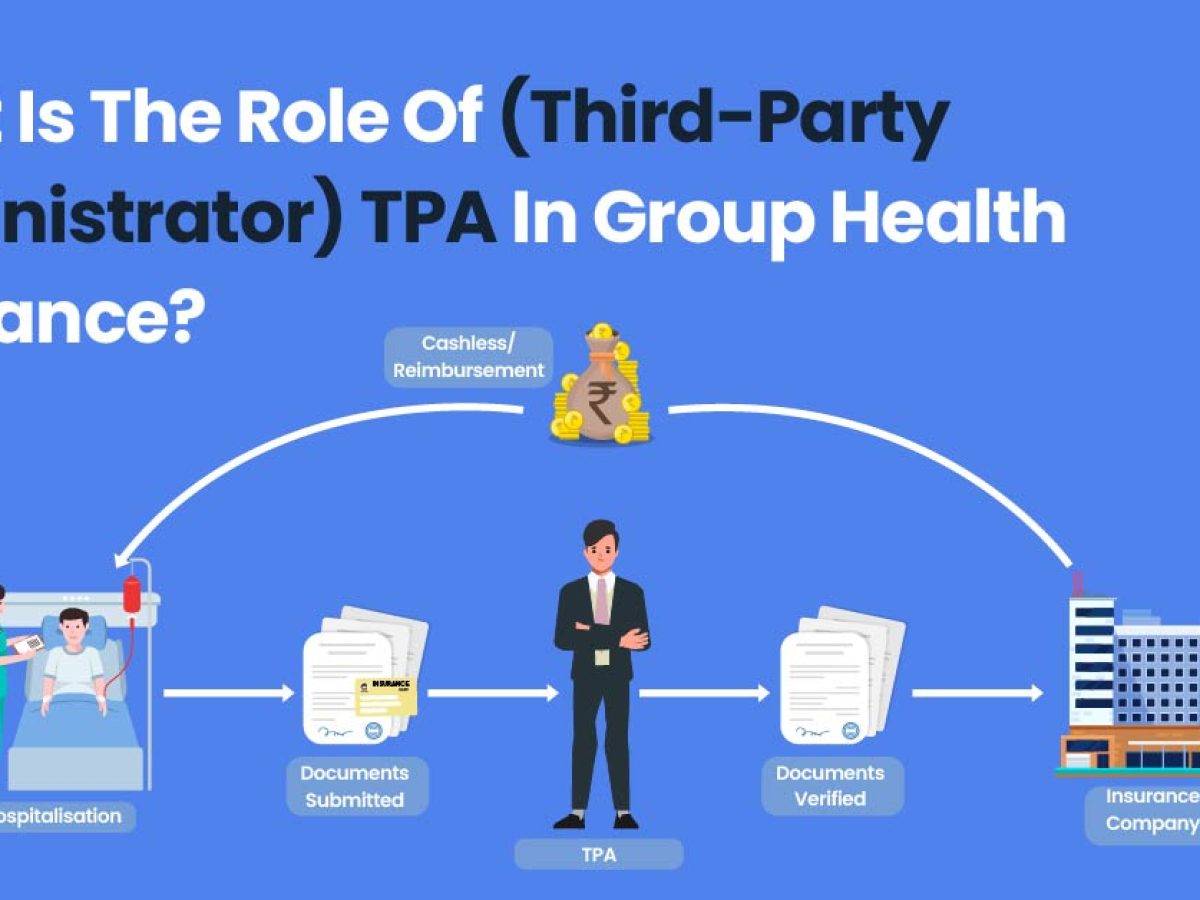Not known Facts About Pacific Prime
Table of Contents6 Easy Facts About Pacific Prime ExplainedThe smart Trick of Pacific Prime That Nobody is DiscussingThe Best Strategy To Use For Pacific PrimeThe 8-Minute Rule for Pacific PrimePacific Prime - Questions

This is due to the fact that the information were collected for a period of strong economic performance. Of the estimated 42 million individuals that were uninsured, almost concerning 420,000 (regarding 1 percent) were under 65 years old, the age at which most Americans become eligible for Medicare; 32 million were grownups in between ages 18 and 65, around 19 percent of all grownups in this age; and 10 million were youngsters under 18 years of age, regarding 13.9 percent of all youngsters (Mills, 2000).
These price quotes of the number of individuals uninsured are generated from the annual March Supplement to the Present Population Study (CPS), conducted by the Demographics Bureau. Unless otherwise noted, national price quotes of individuals without medical insurance and proportions of the population with various sort of protection are based upon the CPS, one of the most commonly made use of resource of price quotes of insurance policy protection and uninsurance prices.
7 Simple Techniques For Pacific Prime

Still, the CPS is especially useful since it generates annual price quotes relatively promptly, reporting the previous year's insurance policy protection estimates each September, and because it is the basis for a consistent collection of estimates for even more than two decades, allowing for analysis of patterns in coverage gradually. For these reasons, as well as the substantial use of the CPS in other research studies of insurance policy coverage that exist in this report, we depend on CPS quotes, with limitations kept in mind.

The estimate of the number of without insurance people expands when a populace's insurance policy condition is tracked for several years. Over a three-year period starting early in 1993, 72 million people, 29 percent of the united state populace, lacked coverage for a minimum of one month. Within a solitary year (1994 ), 53 million people experienced at the very least a month without protection (Bennefield, 1998a)
6 out of every ten uninsured adults are themselves employed. Functioning does improve the possibility that one and one's family participants will have insurance, it is not an assurance. Even members of families with 2 full-time breadwinner have almost a one-in-ten chance of being without insurance (9.1 percent uninsured price) (Hoffman and Pohl, 2000).
The Best Guide To Pacific Prime
New immigrants account for a substantial proportion of people without medical insurance. One analysis has attributed a substantial part of the current development in the dimension of the united state without insurance populace to immigrants that arrived in the country between 1994 and 1998 (Camarota and Edwards, 2000). Recent immigrants (those that involved the United States within the past four years) do have a high rate of being without insurance (46 percent), yet they and their kids represent just 6 percent of those without insurance nationally (Holahan et al., 2001).
The connection in between medical insurance and accessibility to care is well developed, as recorded later on in this phase. The partnership between health and wellness insurance and health end results is neither straight neither straightforward, an extensive clinical and wellness services study literature links wellness insurance coverage to enhanced access to care, far better high quality, and improved individual and population health and wellness standing.
Degrees of analysis for taking a look at the impacts of uninsurance. This discussion of health insurance policy coverage concentrates mostly on the U.S. population under age 65 since virtually all Americans 65 and older have Medicare or other public insurance coverage. It concentrates specifically on those without any kind of health and wellness insurance for any type of size of time.
The Basic Principles Of Pacific Prime
The troubles encountered by the underinsured are in some respects similar to those faced by the uninsured, although they are typically much less severe. group insurance plans. Uninsurance and underinsurance, however, involve clearly various plan concerns, and the methods for addressing them may vary. Throughout this research study and the five reports to adhere to, the major focus gets on persons without medical insurance and therefore no aid in spending for health and wellness care past what is readily available through charity and safeguard organizations
Health and wellness insurance is an effective aspect influencing invoice of care because both people and doctors react to the out-of-pocket price of solutions - https://www.webtoolhub.com/profile.aspx?user=42386420. Medical insurance, however, is neither essential nor sufficient to access to clinical find this services. Nevertheless, the independent and straight result of medical insurance protection on accessibility to health and wellness services is well developed.
Others will acquire the wellness care they require even without medical insurance, by paying for it expense or seeking it from suppliers that use treatment free or at very subsidized prices. For still others, medical insurance alone does not make certain receipt of care because of various other nonfinancial barriers, such as a lack of wellness care carriers in their area, restricted accessibility to transportation, illiteracy, or linguistic and cultural distinctions.
Our Pacific Prime Statements
Formal research about without insurance populaces in the USA dates to the late 1920s and very early 1930s when the Board on the Price of Healthcare produced a series of reports about financing medical professional office brows through and hospitalizations. This issue became salient as the numbers of medically indigent climbed during the Great Depression.